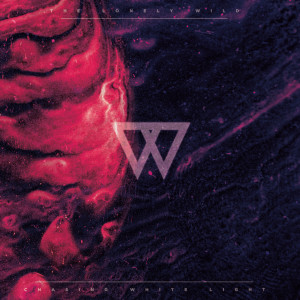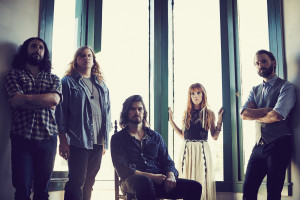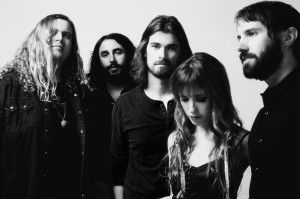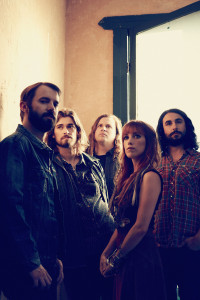
Artist
IMAGES: To download, click above.
Photo credit: Jonathan Weiner
LINKS:
The Lonely Wild
eOne Music / Fast Plastic
It’s difficult to write about death in a way that isn’t morose or dispiriting. The subject, long
turned over by artists of all kinds, is inherently sad. But on Chasing White Light (eOne
Music/Fast Plastic), The Lonely Wild reflects on death in a way that is both accepting and
uplifting. The album, which follows the Los Angeles group’s 2013 effort The Sun As it
Comes, was born last year as frontman Andrew Carroll was faced with the death of his wife’s
grandmother. “When that happens to people you know and love, you often pause and reflect
on people you’ve known who’ve passed away,” he notes. “And then the topic started coming
out in songs naturally.”
“Scar,” a folksy indie rock tune, was one of the first songs to emerge during that process. The
reflective track recounts the passing of Andrew’s childhood friend who died after they’d
grown apart. “That was a moment of pause for me,” he says. “You wonder what could have
happened if you were still part of that person’s life.” The rest of the album followed easily.
“Snow,” a soaring, vintage-tinged number, raises questions about life and death, eventually
conceding that there is no afterlife and that’s okay, encouraging the idea that you should live
for now. “Running,” a song that offers the album its title in its lyrics, traces similar themes. It
acknowledges the white light you supposedly run to upon death, but also sees that light as a
metaphor for whatever you’re chasing while alive. It asks the listener to live in the moment
and follow the thing that compels them.
Once written, these songs were transformed at John Vanderslice’s Tiny Telephone Studios in
San Francisco. Working with Vanderslice marked the band’s first experience with a producer
on an album. He had a huge impact on the sonic landscape of Chasing White Light, affording
the musicians the opportunity to use antique instruments like harpsichord and cello, as well as
analog synthesizers and electric organs, and recorded the entire album to tape. Instead of
recreating the band’s demos, Vanderslice forced them out of their comfort zone, encouraging
each song to evolve into its best incarnation. It was a deeply liberating experience for the
band.
“We weren’t following a checklist of tracks to record” Andrew explains. “We listened more
closely to the songs to hear what they needed and what sounded best. It totally transformed
the songs. Recording to tape really helped shaped the performances. We didn’t pick
everything apart. It’s raw. There’re mistakes in there. It was more about capturing a
performance and that live energy and the emotive quality of the music, rather than making
something polished and pitch perfect.” He adds, “We got a little weirder with the
instrumentation and let the songs speak with unique voices. We didn’t want to fall back onto
any one genre.”
The Lonely Wild’s touring experience also impacted the album. Over the past few years, the
group, which formed in 2010, has performed with Damien Rice, Apache Relay, The Lone
Bellow, Lord Huron, Laura Marling, Phosphorescent, Dwight Yoakam and Black Rebel
Motorcycle Club, and at festivals like South by Southwest, First City Festival, Echo Park
Rising, Cask and Drum Festival and Jubilee. The band has sold out nearly a dozen shows in
their hometown of Los Angeles, and expanded their live show to feel as dynamic and exciting
as possible. On Chasing White Light, the musicians wanted to bring that sense of exhilaration
to the recording. “There’s a sense of urgency to this record that we didn’t have on previous
records,” Andrew says. “It’s much more immediate. Some of that comes from the theme, but
a lot comes from playing shows a lot. We turned into a louder band.”
In the end, Chasing White Light comes to some sort of acceptance. You will die, but that
doesn’t have to be mournful or disheartening. It encourages you to stay in the moment and
follow your own bliss, rather than live for some future promise of an afterlife. It’s a musical
journey that leaves you uplifted and encouraged, even as it considers one of life’s darkest
subjects. “This album doesn’t dwell on the despair of it all,” Andrew confirms. “It’s about
looking at death for what it is – something we all go through at some point. It’s that great
mystery and no one really knows what happens. You’re never going to know until you get
there. And you have to come to terms with that. Through writing these songs I’ve come to
accept it and not totally fear it. And I hope our fans can too.”




